Dynamite, Jail & the Playboy Mansion: Inside the 'Crazy Adventure' of the Rolling Stones' 1972 Tour
The tour is being revisited on the iHeartMedia podcast Stones Touring Party, which draws from more than 60 hours of never-before-heard interviews with the band
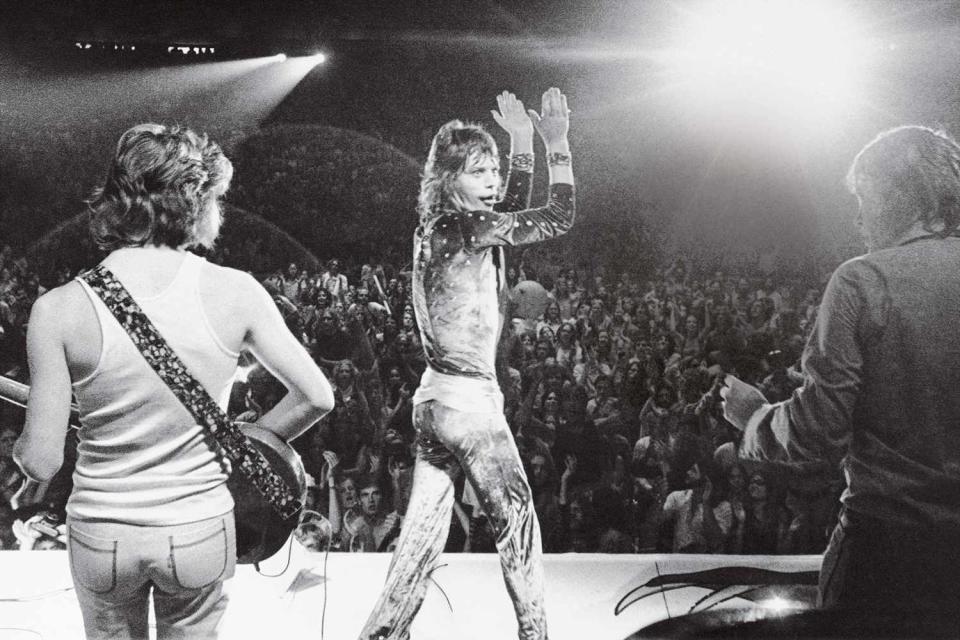
AP Photo
Mick Jagger and the Rolling Stones perform in Houston in June 1972.The Rolling Stones were well on their way to becoming music legends, but in 1972, Mick Jagger, Keith Richards, Bill Wyman, Charlie Watts and Mick Taylor hardly felt on top of the world.
Three years after the death of founding member Brian Jones, the British bandmates were fresh off a stint in France, where they’d been holed up to avoid U.K. taxes. And Jagger was a target of the motorcycle club Hells Angels, who had a vendetta against the band after a 1969 concert for which they’d been hired as security ended in the fatal stabbing of a teenage fan.
Despite some trepidation they plotted a two-month, 48-show tour across North America — which went down as one of the most electrifying tours in rock history.
“It took rock and roll touring to another level—after this, everything was different,” says Robert Greenfield, a onetime Rolling Stone editor who was granted behind-the-scenes access to the tour, which resulted in his 1974 book S.T.P.: A Journey Through America With the Rolling Stones.
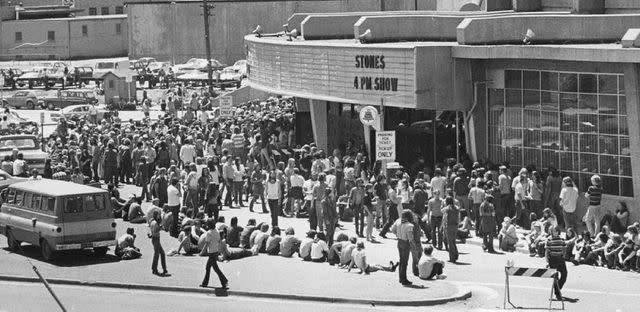
John G. White/The Denver Post via Getty
Fans wait for tickets in Denver to see the Rolling Stones in June 1972.Five decades later the tour is being revisited on the iHeartMedia podcast Stones Touring Party (streaming now), which is hosted and written by former PEOPLE staffer Jordan Runtagh and draws from more than 60 hours of Greenfield’s never-before-heard interviews with the band, taped between 1972 and 1973.
“The tour was like a combination of a military campaign and a star-studded, crazy adventure,” says Greenfield. “They were at the apex of the pyramid of the world.” Here, a look back at the mayhem and magic on tour.
Fearing the Hells Angels
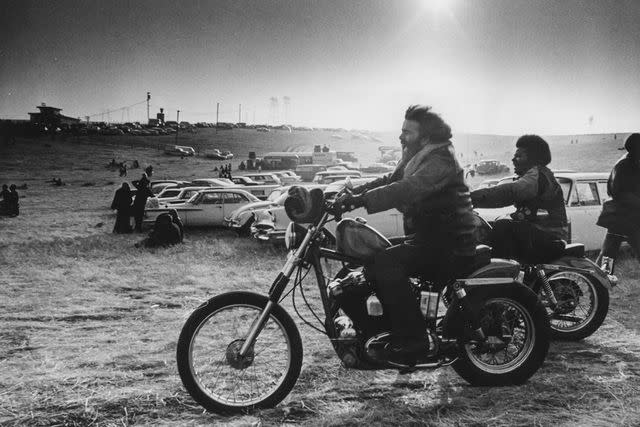
Howard Erker/MediaNews Group/Oakland Tribune via Getty
Concertgoers arrive at Altamont Speedway on Dec. 6, 1969 for the show.After the tragedy at the Stones’ 1969 concert at California’s Altamont Speedway, the Hells Angels felt the rock group had let them take the fall in the public eye. Rumors ran rampant that Jagger could be kidnapped or even assassinated in retaliation, prompting the Stones to beef up their security.
“I was told . . . I couldn’t order food from room service because somebody might slip into the kitchen and put poison in my curry,” guitarist Taylor said in the tapes.
Though rattled, Jagger put on a brave face. “Either I stopped touring or I didn’t,” he said in Greenfield’s interviews. “But there were a few places where it did get scary, and there were a lot of guns confiscated. . . . I was scared s---less!”
A Dynamite Explosion
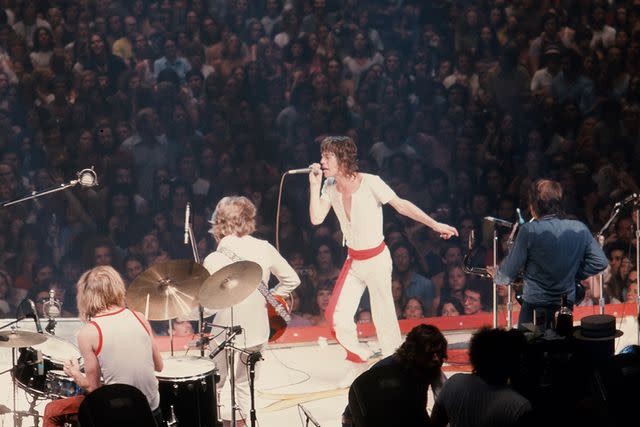
Robert R. McElroy/Getty
The Rolling Stones perform in New York in July 1972.On July 17, the day the Stones were set to play the Montreal Forum, things got off to a terrifying start when someone detonated dynamite beneath one of their equipment trucks.
No one was injured, but rumors swirled that more bombs were set to go off throughout the day, prompting authorities to delay the Stones’ show for nearly an hour as bomb squads descended to make sure all was safe. The bomber was never identified.
“I was worried, man,” late drummer Watts said in the tapes. “I don’t want to get blown up.” Jagger, too, was alarmed by the incident: “I was frightened for everybody that some motherf---er put a bomb in the hall in the middle of the show, and some kids were gonna get hurt.”
Jailhouse Rock
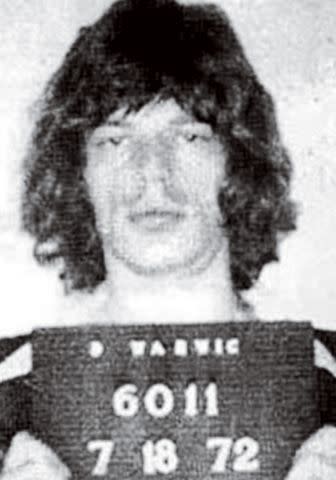
Kypros/Getty
Mick Jagger's mug shot from July 18, 1972.More drama awaited the Stones as they headed back to the U.S. the next day. With a show scheduled in Boston the night of July 18, the band was already frustrated after bad weather forced their private jet to land an hour away in Rhode Island.
Add a pesky paparazzo on the tarmac to the mix, and tensions were high. Richards lashed out and took a swing at photographer Andrew Dickerman.
“He’d already been told, ‘Piss off,’ ” Richards said in the tapes. “I had no idea exactly how close he was. Really it was just a gesture, for which I was promptly arrested.”
When Jagger complained about Richards’s arrest, he was cuffed too, and the pair were hauled off to jail as 20,000 fans grew restless awaiting their gig. Fearing a riot, officials released Jagger and Richards, and a motorcade escorted the band to the venue.
“It felt good to be able to get up onstage after all that, because for the kids it was like, ‘Yay, they got away from the pigs! Hurrah!’ ” said Richards.
Playtime at the Playboy Mansion
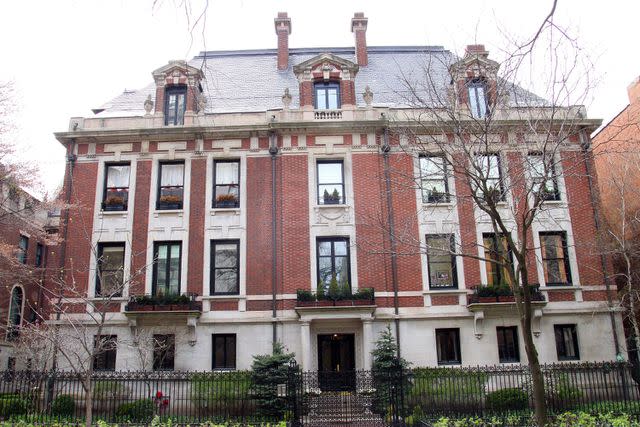
Raymond Boyd/Michael Ochs Archives/Getty
The original Playboy Mansion in Chicago.The group did make time for fun. After a stop in Chicago they took Hugh Hefner up on his invitation to stay at the original Playboy Mansion, making the 70-room estate their personal playground.
“That place was set up to do anything you wanted at any time,” bassist Wyman said in the tapes. “There was always something to do. . . . And there were 50 chicks there all the time, walking about, looking after you.”
At one point Richards’ and saxophonist Bobby Keys’ cigarette embers started a fire in a bathroom—a crisis that was averted thanks to large buckets of water.
A Dangerous Vice
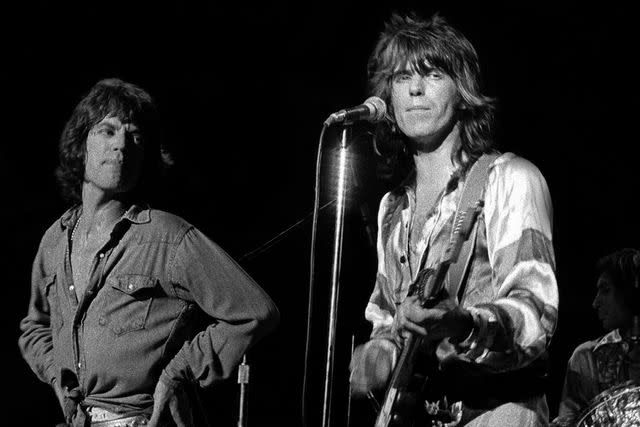
Larry Hulst/Michael Ochs Archives/Getty
Mick Jagger and Keith Richards perform in June 1972 in San Francisco.Amid the lighter-hearted debauchery, some in the band were also contending with serious demons. Though fresh off a detox in Switzerland, Richards was in the midst of a crippling heroin addiction.
“The only way to do a tour like that is to be as high as you can be and not think about anything else except that,” said Richards.
Still, the Stones — who were selling out arenas on what would become one of the highest-grossing music tours ever at the time — were at the top of their game when it came to the music. “The most important thing is the show—that isn’t bulls---,” said Richards.
And that dedication was evident, Greenfield says: “You would’ve thought, ‘This is the best show I’ve ever seen.’ ”
For more on the Rolling Stones, pick up the latest issue of PEOPLE, on newsstands everywhere Friday.
For more People news, make sure to sign up for our newsletter!
Read the original article on People.

